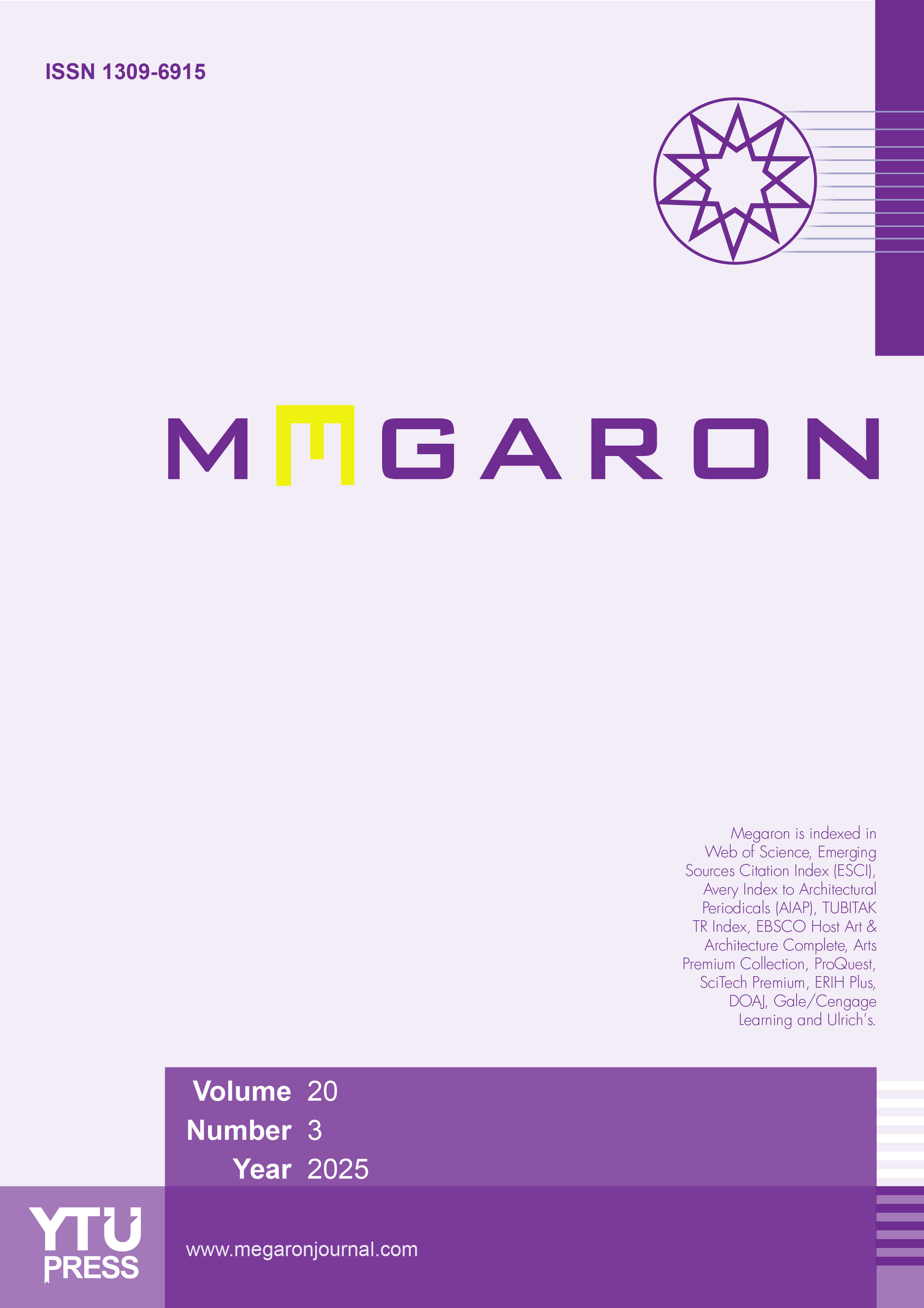Use of artificial intelligence in interior architecture education and case study an example of using Vizcom artificial intelligence tool in Kocaeli University interior architecture education
Elif Küçük, Didem Erten Bilgiç, Pelin KayaDepartment of Interior Architecture, Kocaeli University, Kocaeli, TürkiyeThe aim of this study is to determine the necessary conditions for the inclusion of artificial intelligence in design education in interior architecture and to evaluate the use of artificial intelligence technology that creates renderings from sketches in this context. Literature review, and "experimental model" method, one of the quantitative research types, were used in the study. The experimental study was carried out with thirty-eight students studying in the Department of Interior Architecture, Faculty of Architecture and Design, Kocaeli University. As a result of the study, it was determined that students express their thoughts more easily in their designs and produce three-dimensional presentation works faster with the artificial intelligence tool that creates renderings from sketches. In addition, when the visual that emerged as a result of editing with artificial intelligence was evaluated according to the determined design criteria, it was observed that the visual content was directly proportional to the student's professional competence and the success of hand drawing. It has been revealed that the inclusion of artificial intelligence tools in interior design courses will be useful in developing creative thinking skills in terms of working with more than one proposal and producing different alternatives with the help of various visuals.
Keywords: Artificial intelligence, artificial intelligence tools, interior architecture education, interior design, vizcom.Manuscript Language: English








